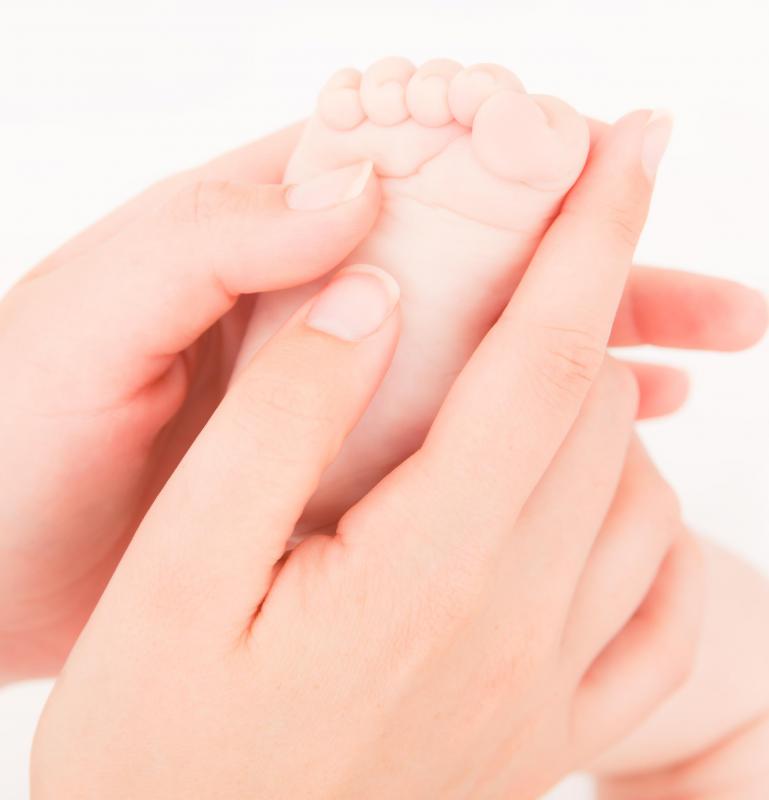At WiseGEEK, we're committed to delivering accurate, trustworthy information. Our expert-authored content is rigorously fact-checked and sourced from credible authorities. Discover how we uphold the highest standards in providing you with reliable knowledge.
What is a Plantar Reflex?
The plantar reflex is an involuntary movement of the foot in response to rubbing the outside sole of the foot from the heel to the toe. The toes curl inward towards the sole of the foot, and the foot everts, or turns away from the median of the body. The plantar reflex is the sign of a healthy central nervous system.
When the plantar reflex is elicited, there are three possible responses, the normal flexor reflex described above, indifferent or no response, and the extensor reflex, in which the big toe flexes upwards and the other toes fan out. This last response is called Babinski's sign or Koch's sign, and is generally indicative of central nervous system damage. However, it is normal in babies until the age of one or two, during sleep, and after prolonged walking.

The results of a test for the plantar reflex are usually designated as "Babinski's sign present" or "Babinski's sign absent." An indifferent response is not generally cause for alarm. Babinski's sign may be caused by damage to the spinal cord or brain.
While the Babinski test is the current standaard for eliciting the plantar reflex, there are many different possible methods, each with a different name for the pathological response after the physician who invented the test. Bing's sign is a response to multiple pin pricks on the top of the foot, while Cornell's sign is in response to scratching the top of the foot. Chaddock's sign is induced by stroking the bone on the side of the ankle, and Gonda's sign is triggered by bending and releasing the fourth toe. Gordon's sign is a response to squeezing the calf, and the Moniz sign is in response to bending the foot down at the ankle. Oppenheim's sign can be induced by pressing on the inside edge of the tibia or calf muscle, and Schaffer's sign is tested for by squeezing the Achilles tendon.

To test for Stransky's sign, the little toe is pulled to the side and released. Strümpell's sign is tested by having the patient flex his or her knee against resistance, and Throckmorton's reflex can be induced by striking the metatarsopahalangeal joint of the big toe. Any of the tests described will cause the plantar reflex in a healthy adult.
AS FEATURED ON:
AS FEATURED ON:












Discuss this Article
Post your comments